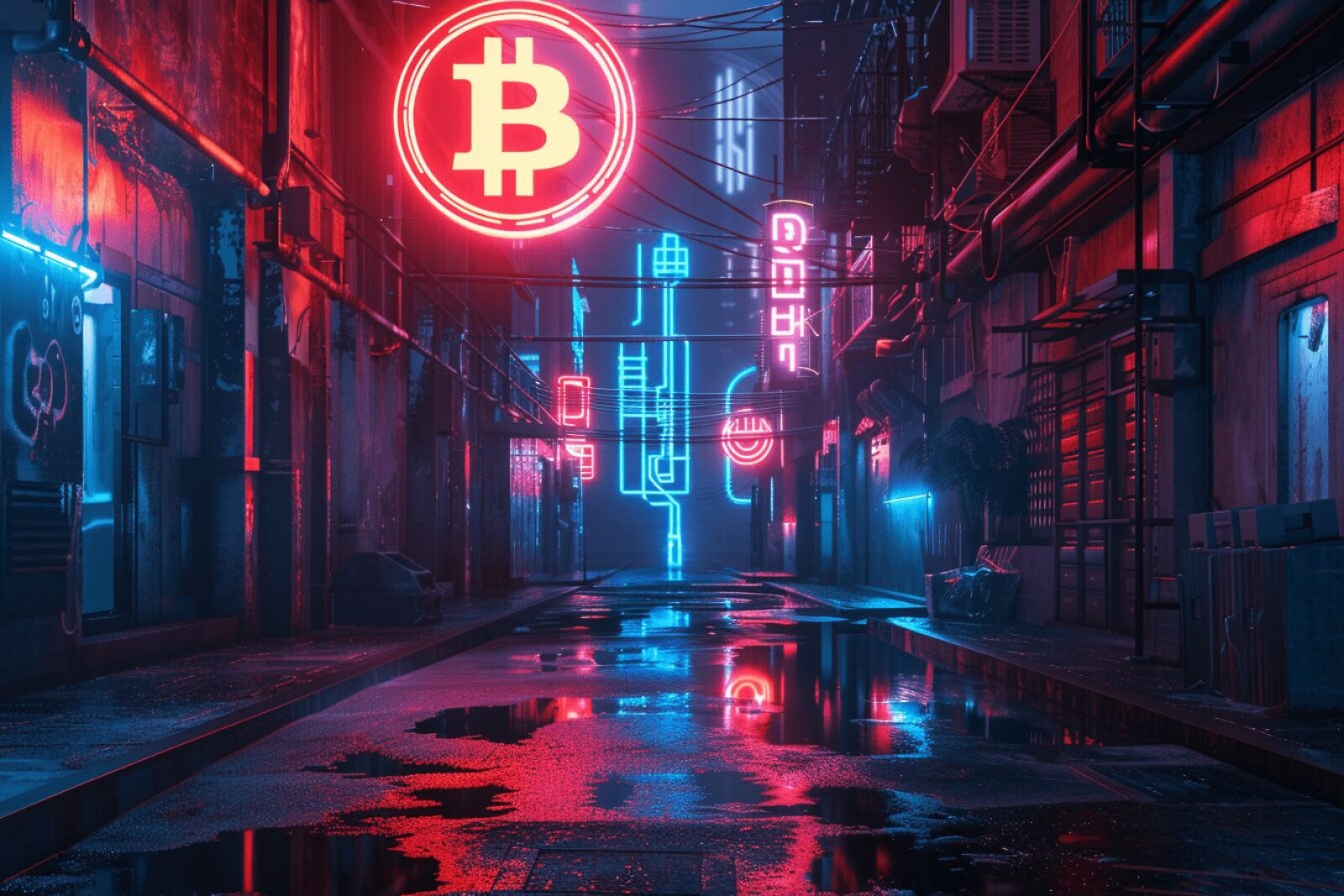
Satoshi Nakamori
Jeremy Allaire Offers New Insights into USDC Expansion at Token2049

At the Token2049 conference in Dubai, Circle CEO Jeremy Allaire shared significant insights into the expansion of USDC and the evolving role of stablecoins in the global economy. During a fireside chat, Allaire emphasized the growing regulatory frameworks for stablecoins worldwide and how they are facilitating the expansion of USDC’s market infrastructure.
Global Regulatory Landscape
Allaire noted that 2024 has seen substantial regulatory developments for stablecoins. Countries across the globe, including the European Union and financial hubs like Singapore and Hong Kong, have established clearer regulatory environments. These frameworks are essential for fostering trust and expanding the utility of stablecoins. In contrast, the U.S. has experienced political debate over stablecoin regulation, with some calls for outright bans.
Strategic Global Expansion
Highlighting Circle’s international initiatives, Allaire detailed plans to set up local banking infrastructures in key financial centers. These include cities such as Singapore, Hong Kong, and within the European Union. Additionally, Circle has started operations in Brazil and Mexico, working with dozens of banks to advance their technological protocols. USDC currently operates on 16 different blockchain networks, a testament to its broad adaptability and reach.
Technological Advancements
Allaire discussed Circle’s commitment to technological innovation, particularly through the development of new protocols like the “cross-chain transfer protocol.” This protocol, first announced in January 2023, enhances USDC’s fluidity across different blockchain ecosystems. This development is crucial for enabling seamless transactions and integrations, making the stablecoin more versatile and user-friendly.
The CEO highlighted that Circle’s efforts are significantly improving the infrastructure for USDC, making it faster and easier to use. This progress is supported by developers in hundreds of countries who are building applications and utilities on top of these protocols, thereby growing the stablecoin network.
Role of Stablecoins in Modern Finance
Allaire emphasized the transformative potential of stablecoins in both developed and international markets. He pointed out that stablecoins like USDC are becoming increasingly valuable for major corporations and cross-border finance. They offer a smoother, more cost-effective payment channel, which is crucial for global trade and finance.
Stablecoins are particularly beneficial for international transactions, reducing the complexity and cost associated with traditional banking systems. This efficiency can drive broader adoption and integration into everyday financial activities, enhancing economic participation and growth.
Future Challenges and Opportunities
Looking ahead, Allaire addressed the future challenges and opportunities within the stablecoin ecosystem. One of the significant challenges is navigating the varying regulatory landscapes while ensuring compliance and fostering innovation. As stablecoins become more integrated into the financial system, maintaining security and trust will be paramount.
On the opportunity side, the expansion of stablecoins like USDC opens new avenues for financial inclusion and economic empowerment. By providing a stable and accessible digital currency, Circle aims to democratize finance, making it more inclusive and efficient.
Conclusion
Jeremy Allaire’s discussion at Token2049 underscores Circle’s strategic vision for expanding USDC and the broader implications for the stablecoin market. With regulatory frameworks evolving and technological innovations advancing, USDC is well-positioned to play a significant role in the future of global finance. As Circle continues to build and refine its infrastructure, the potential for stablecoins to transform economic activities and promote financial inclusion becomes increasingly apparent.














